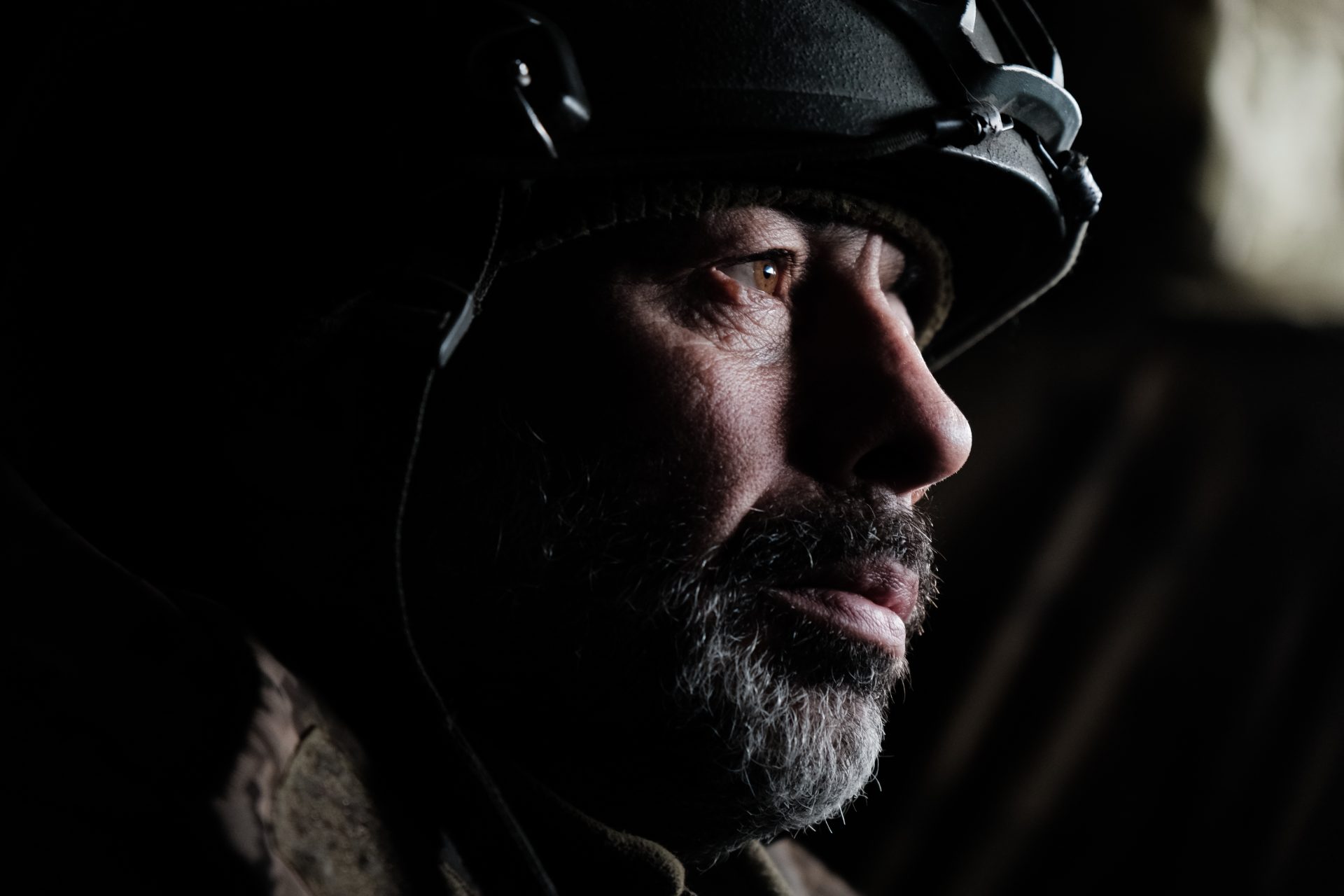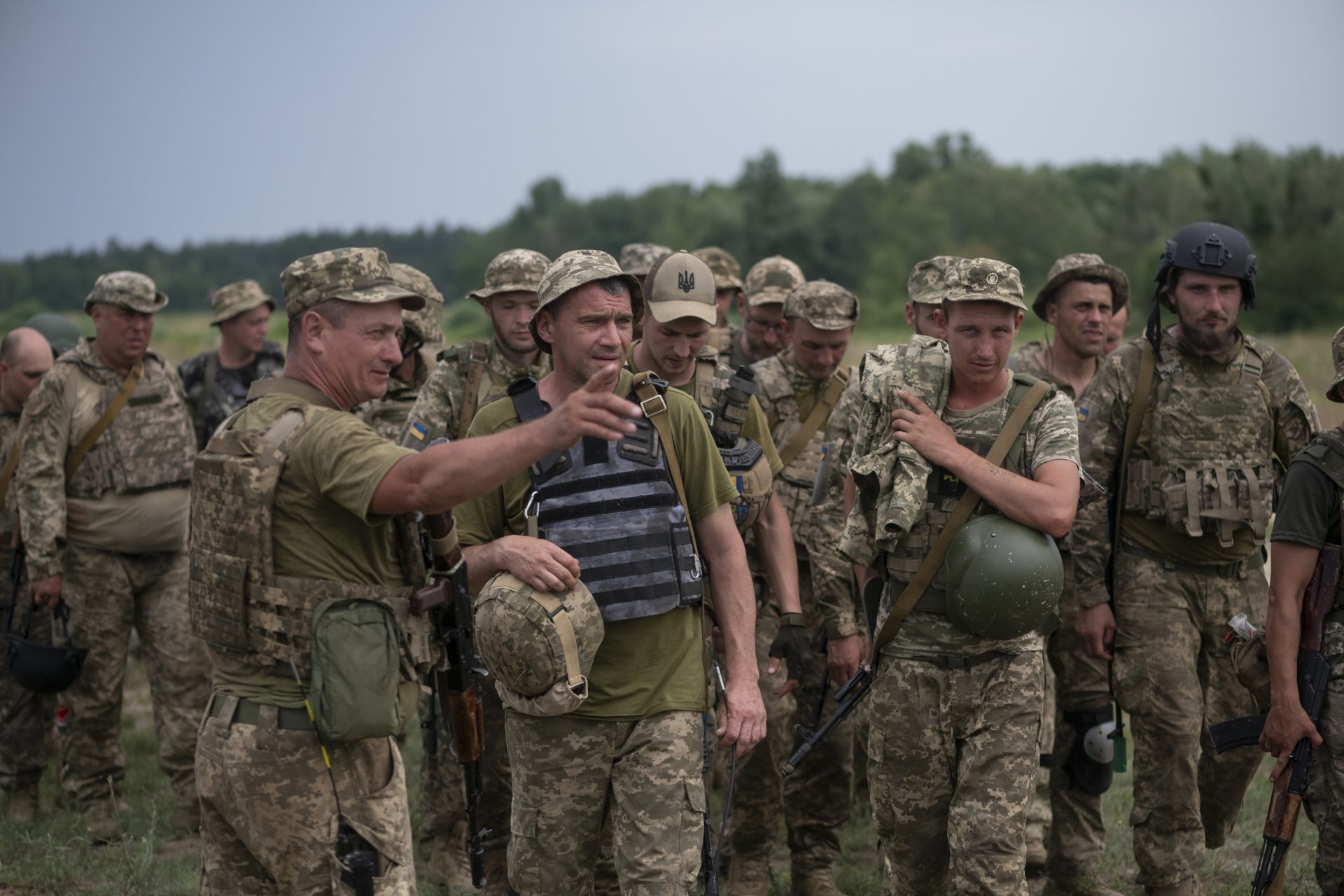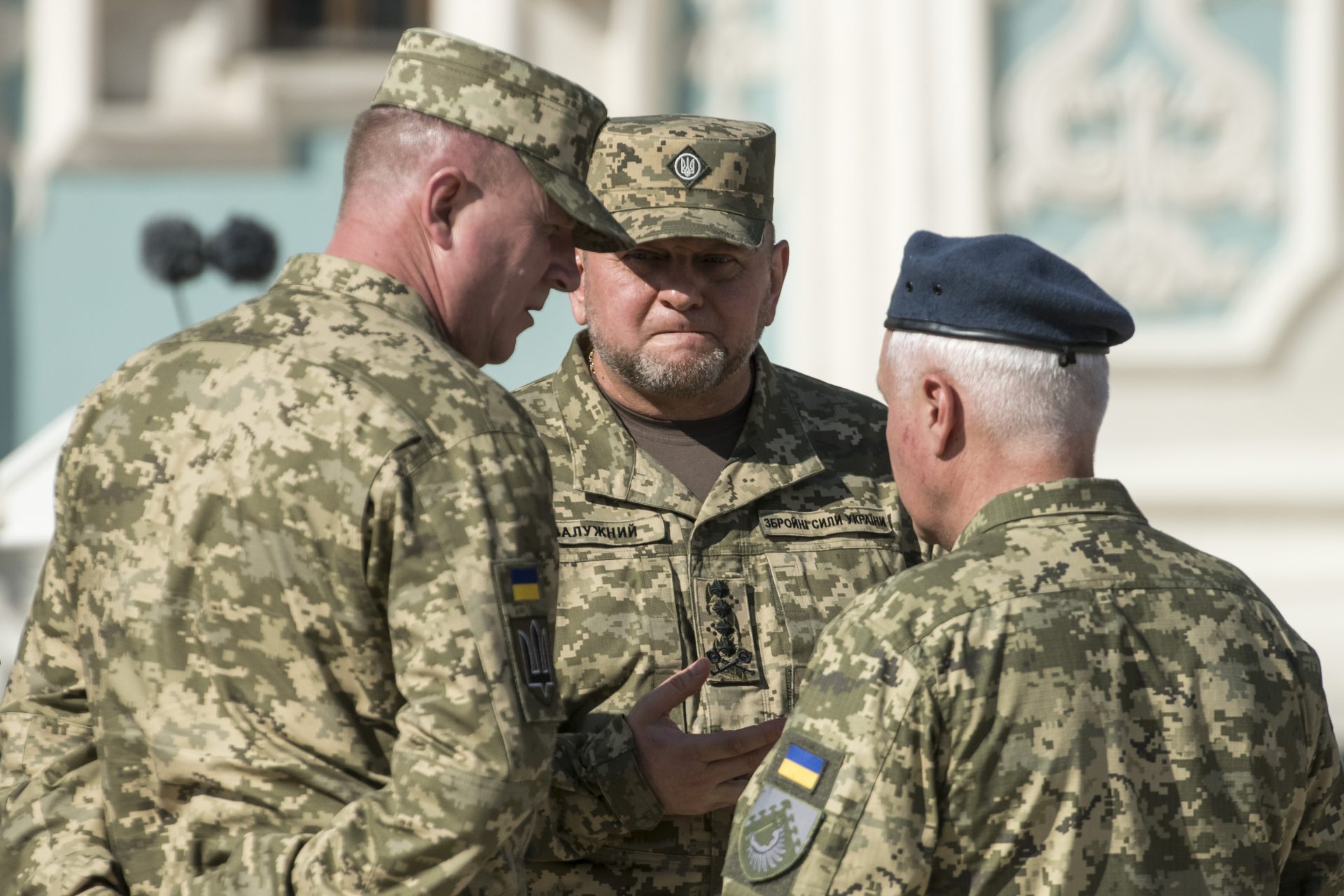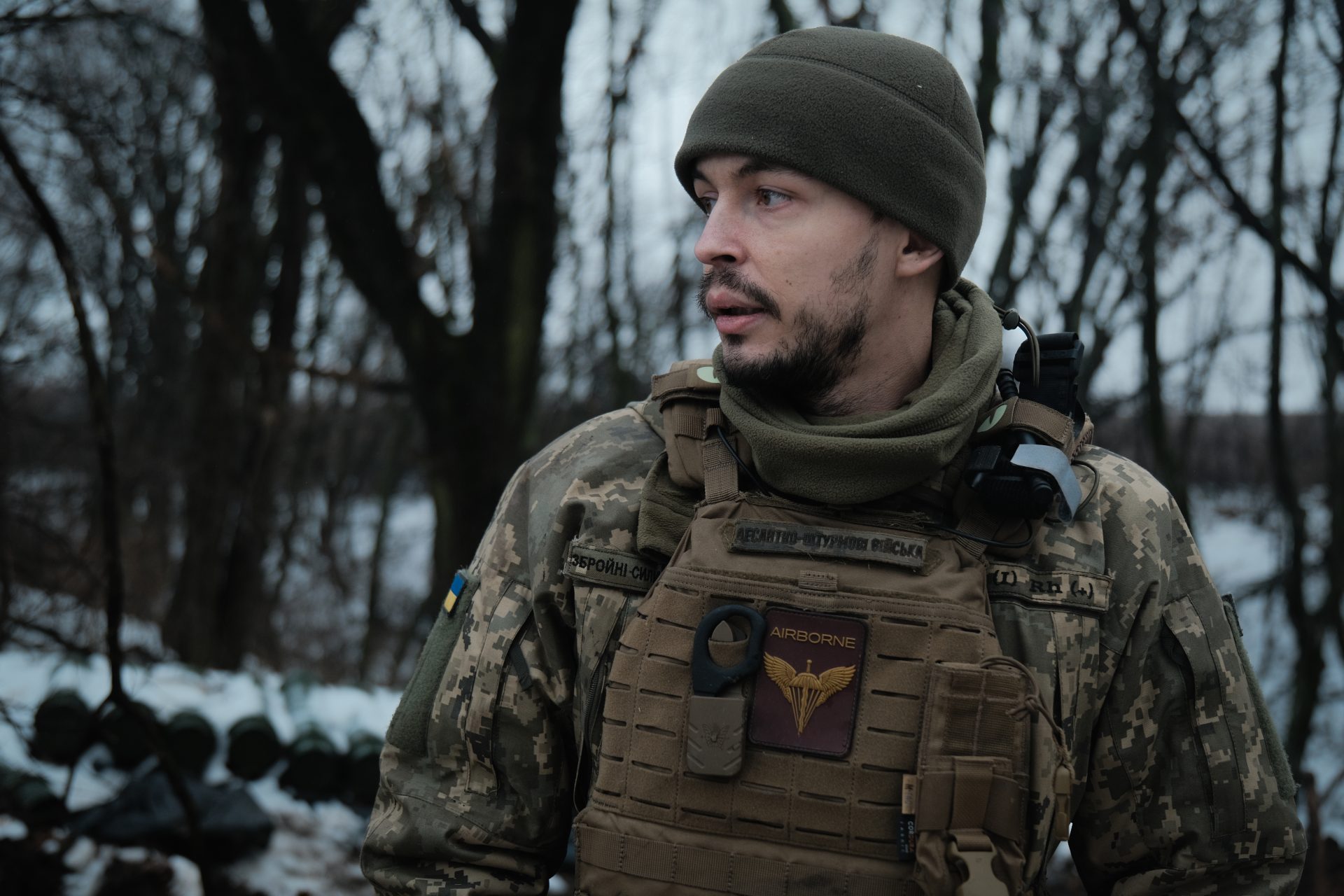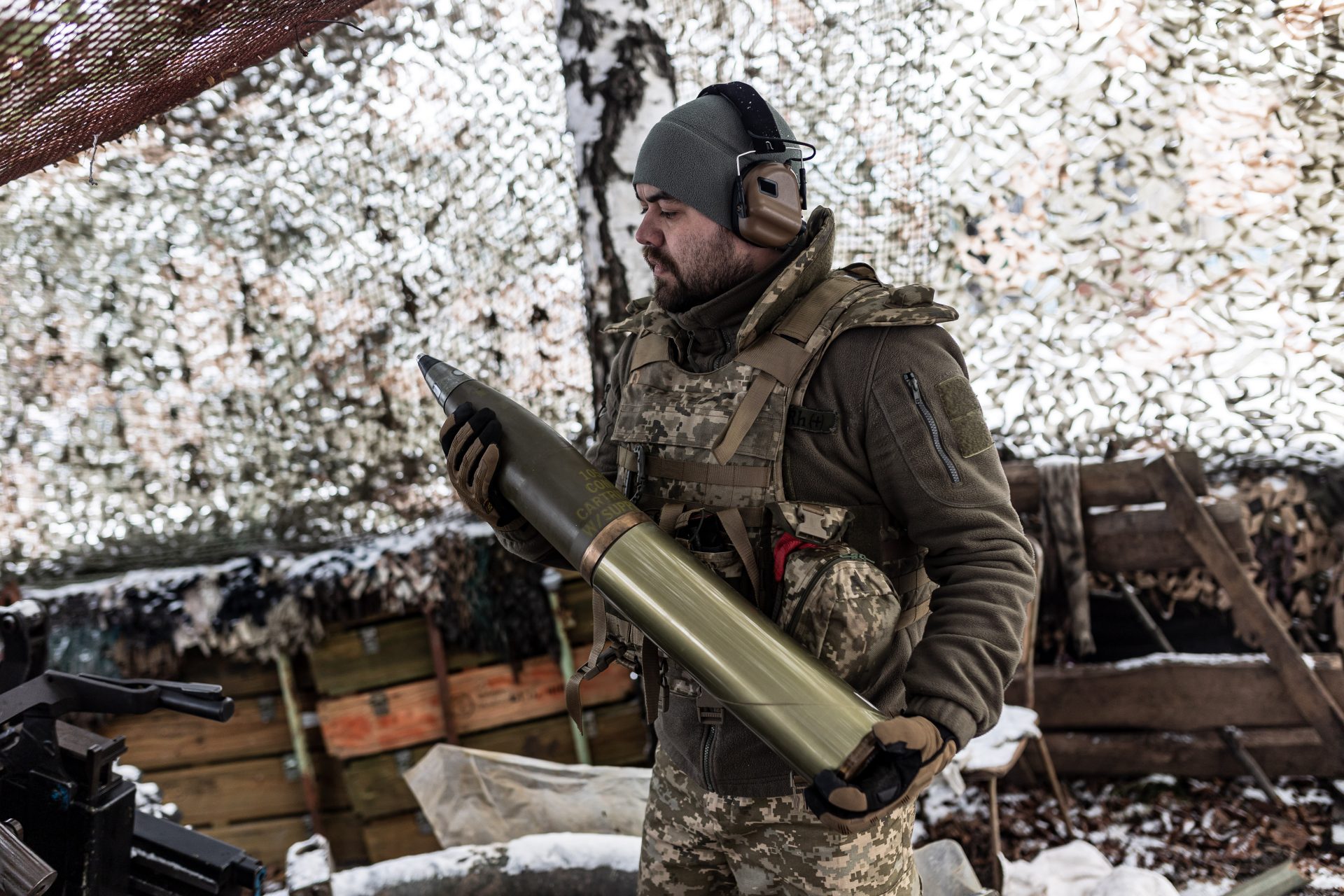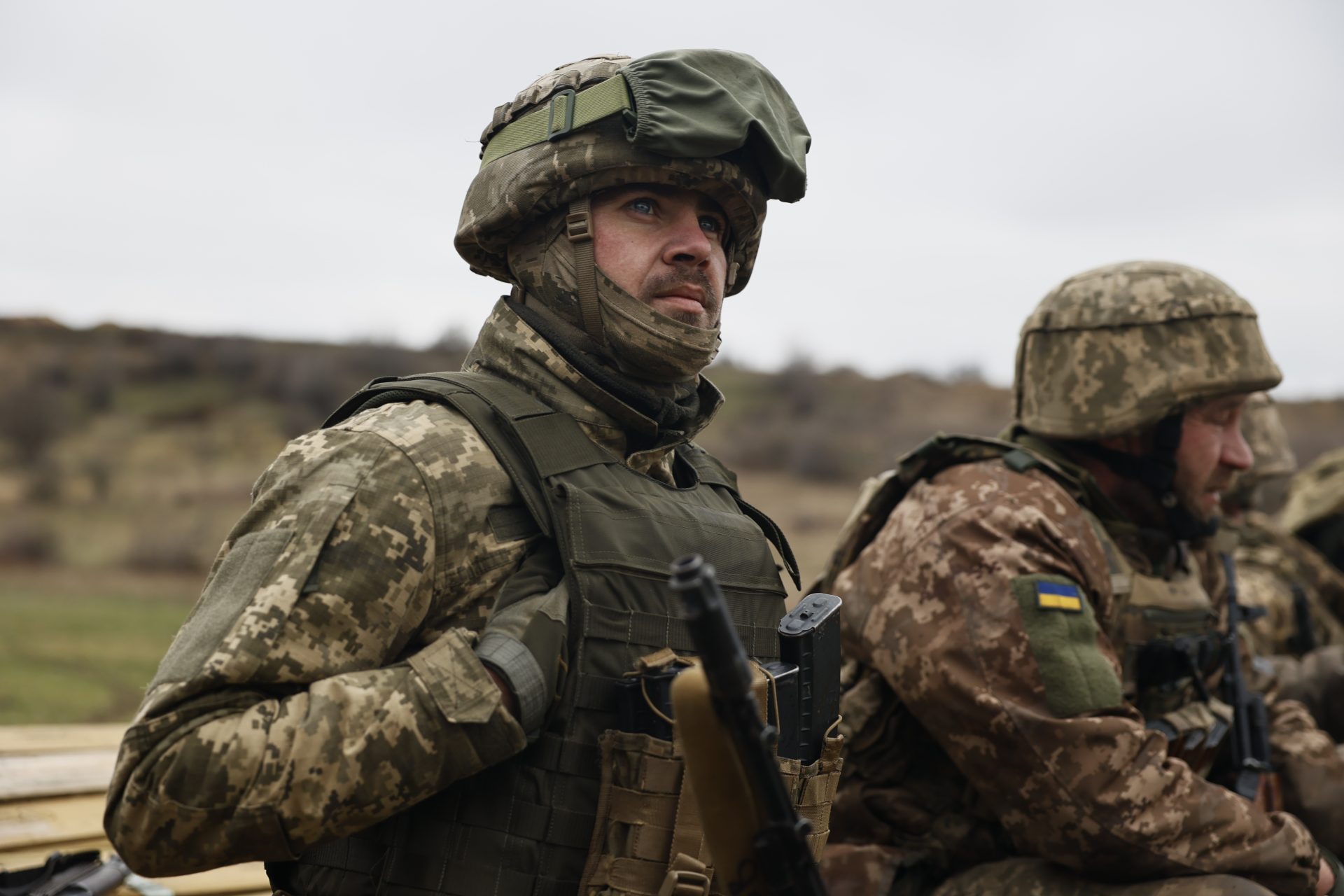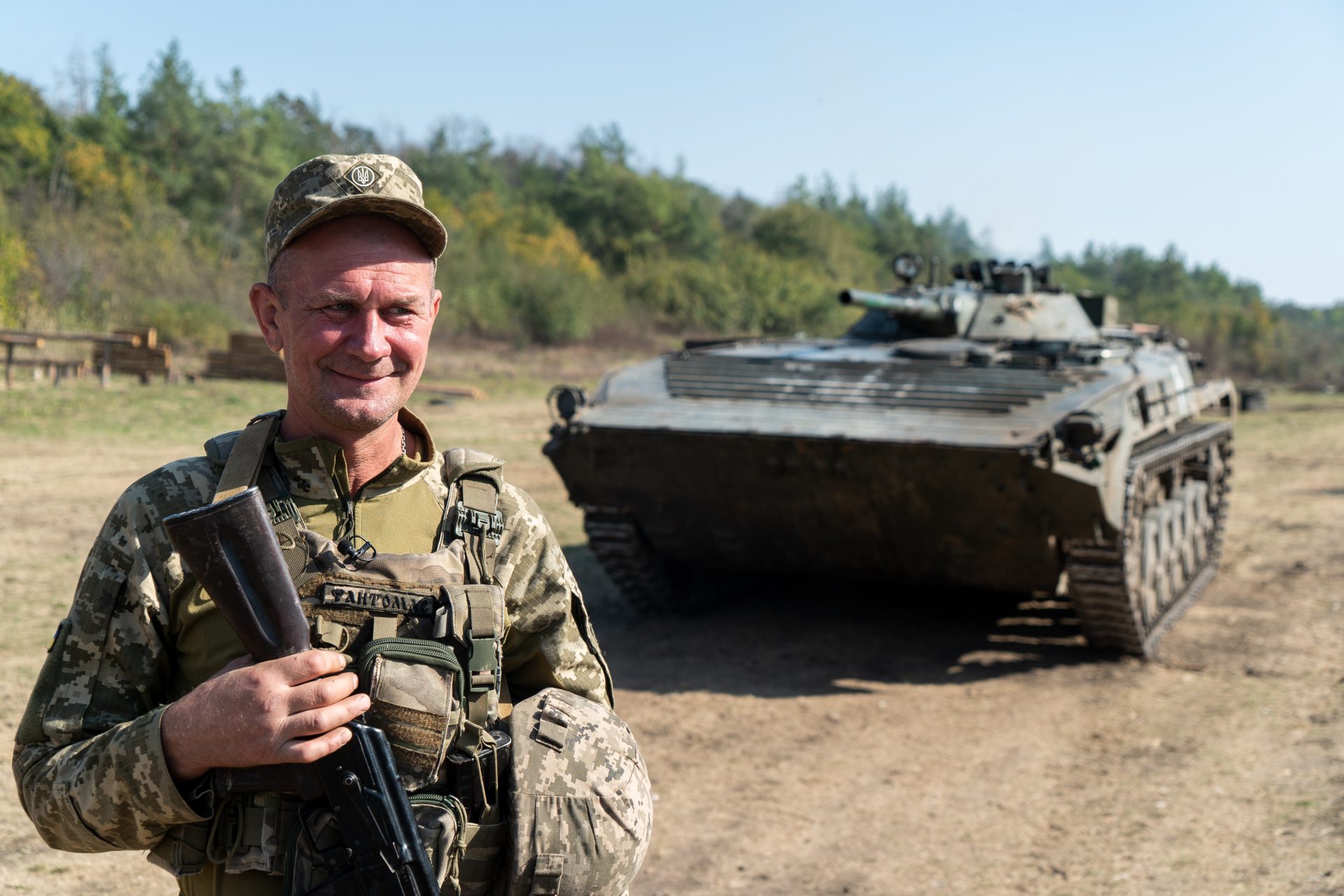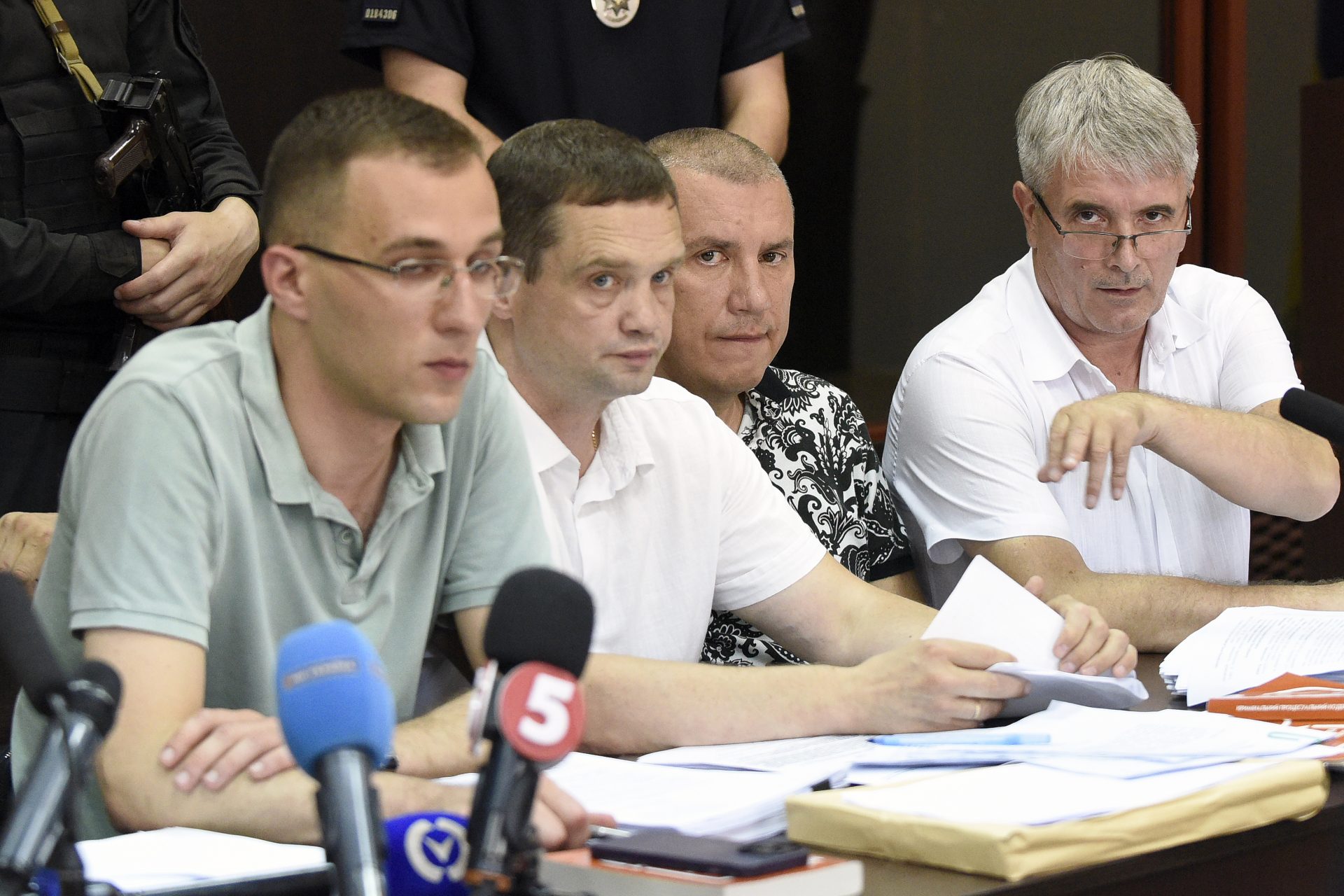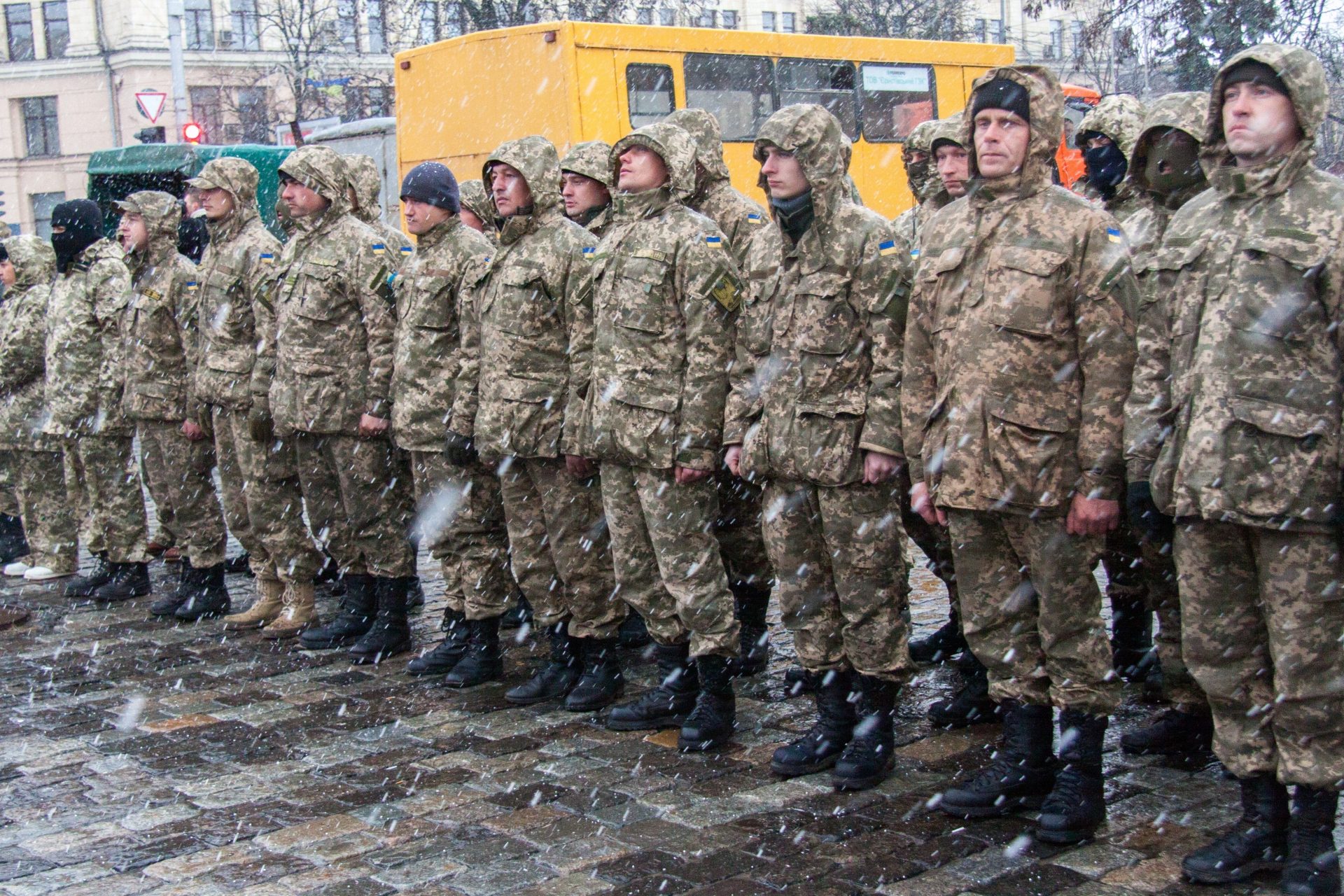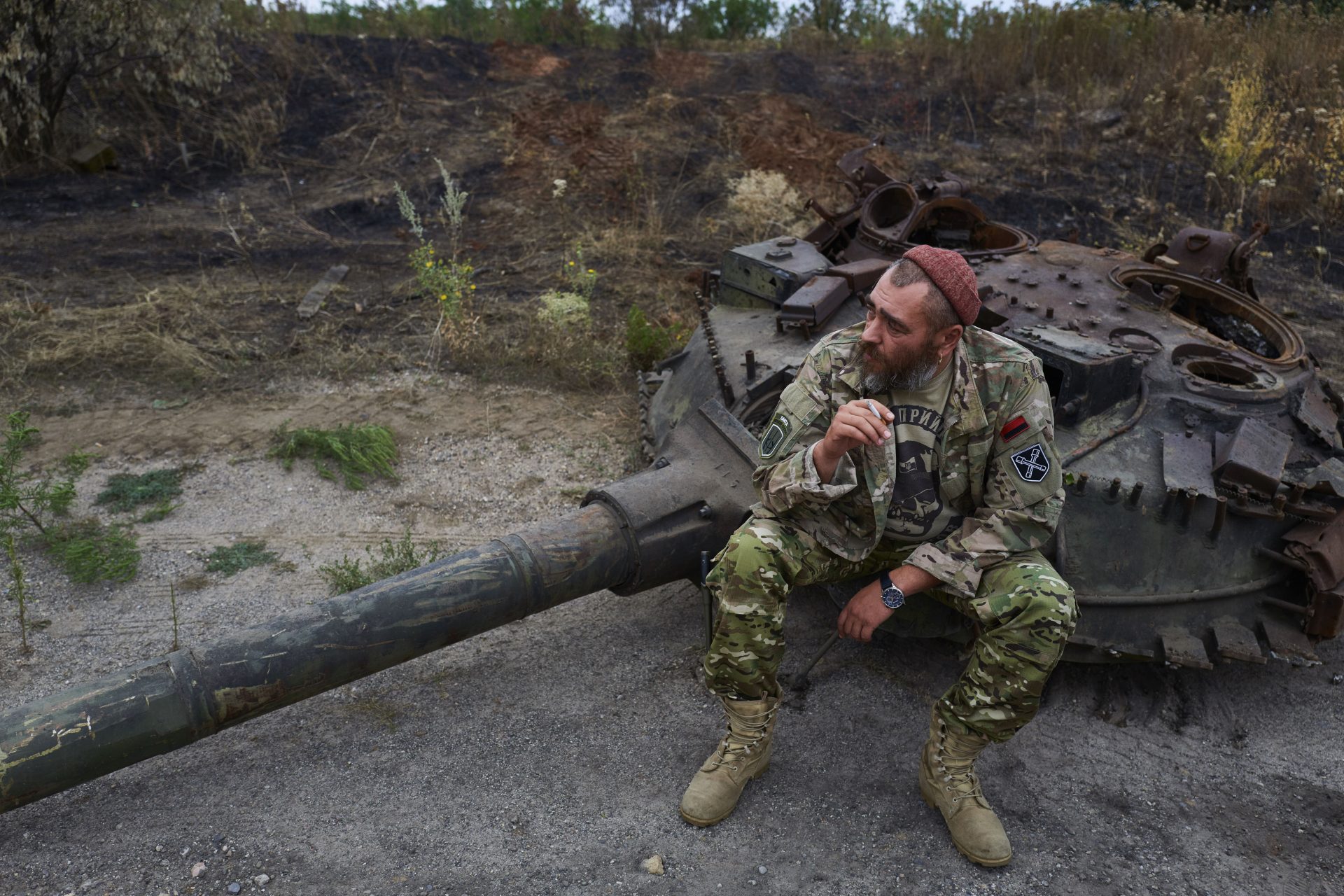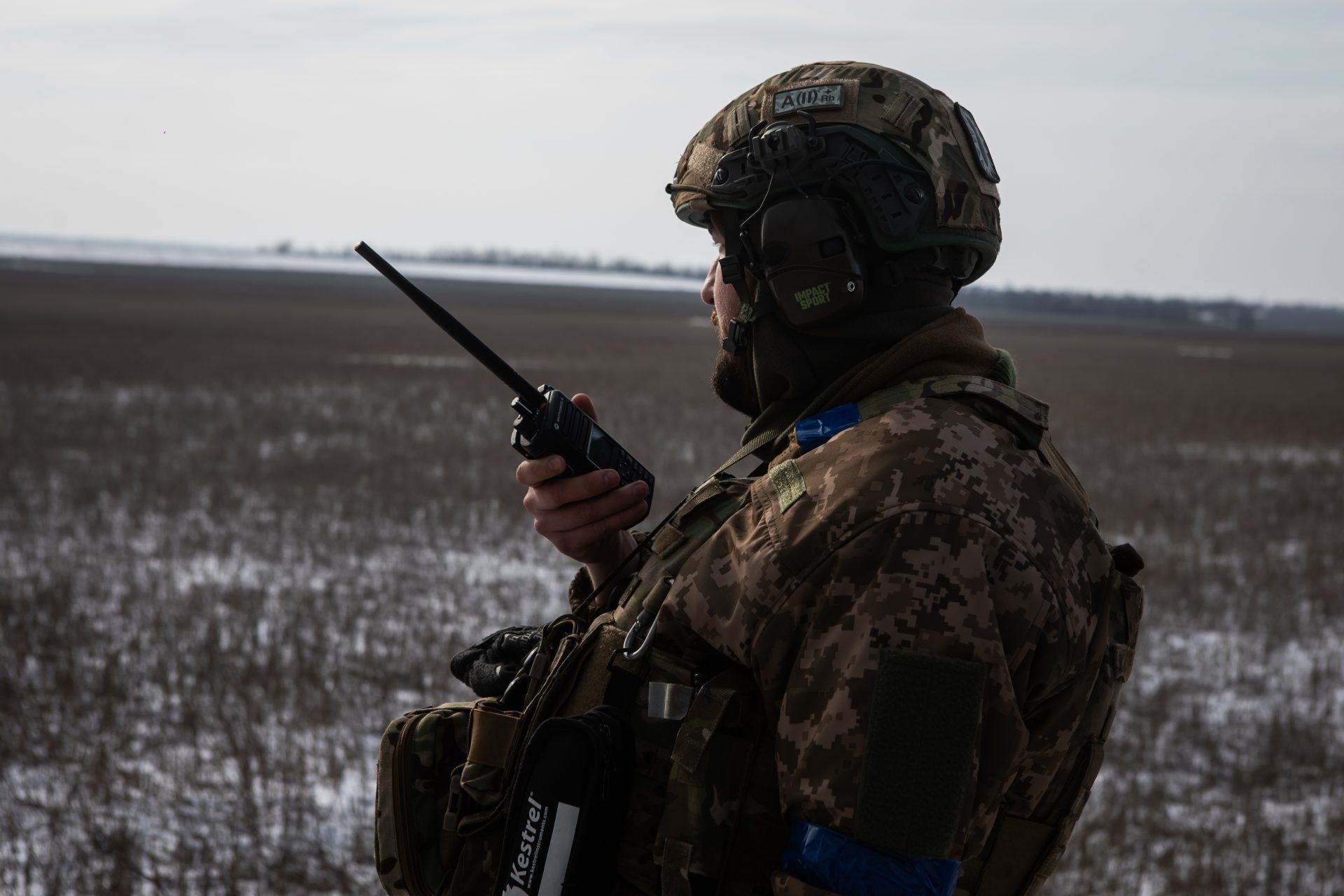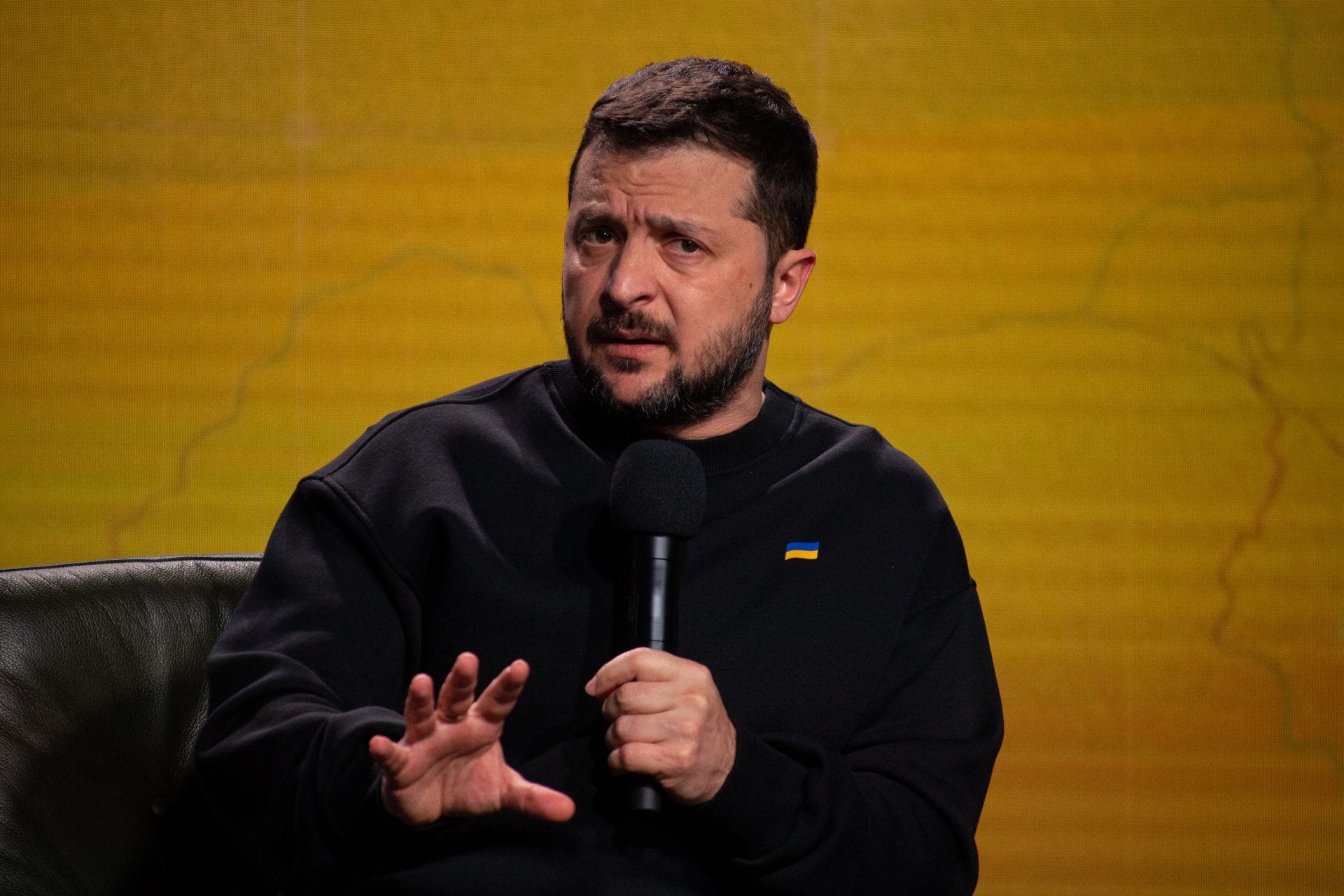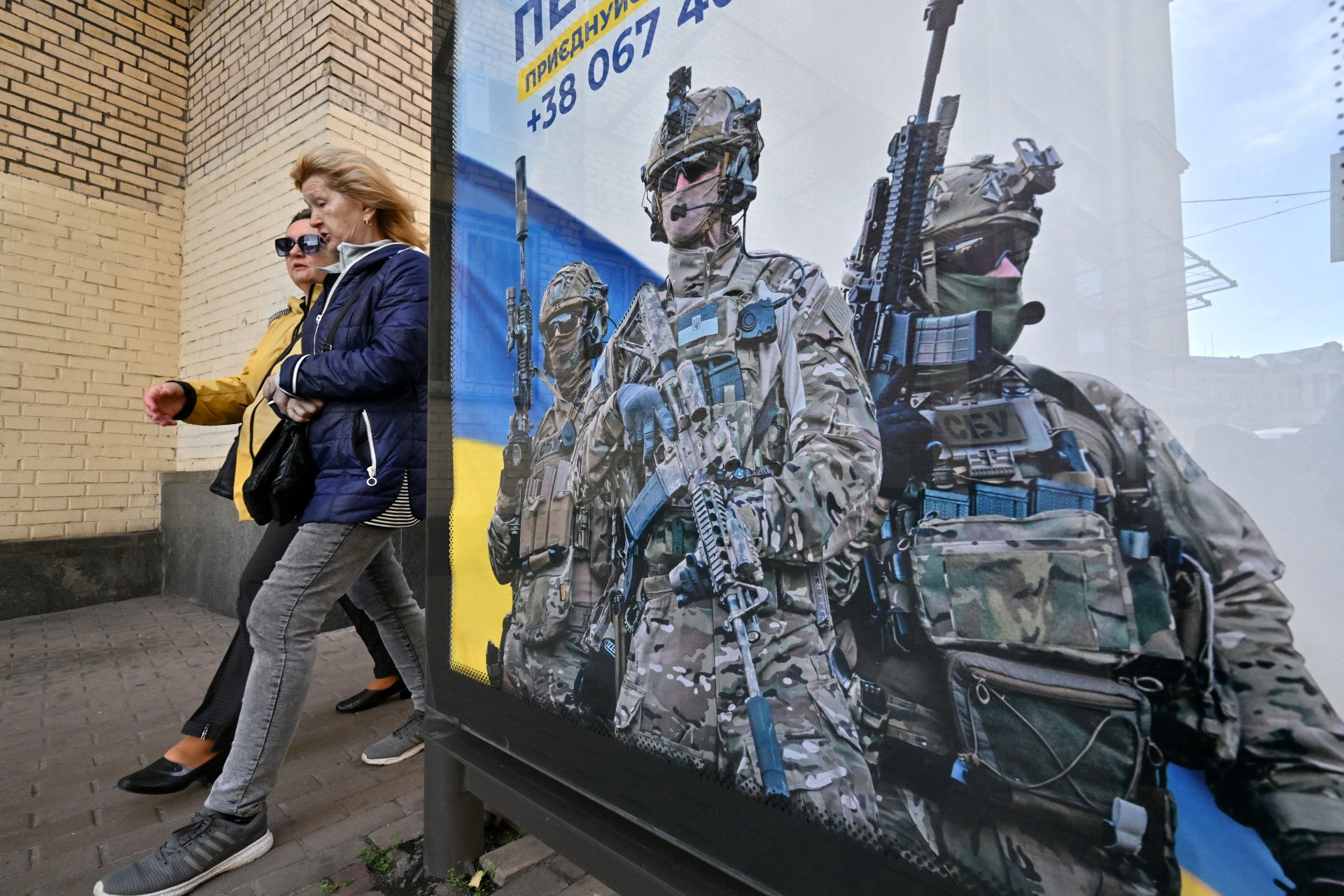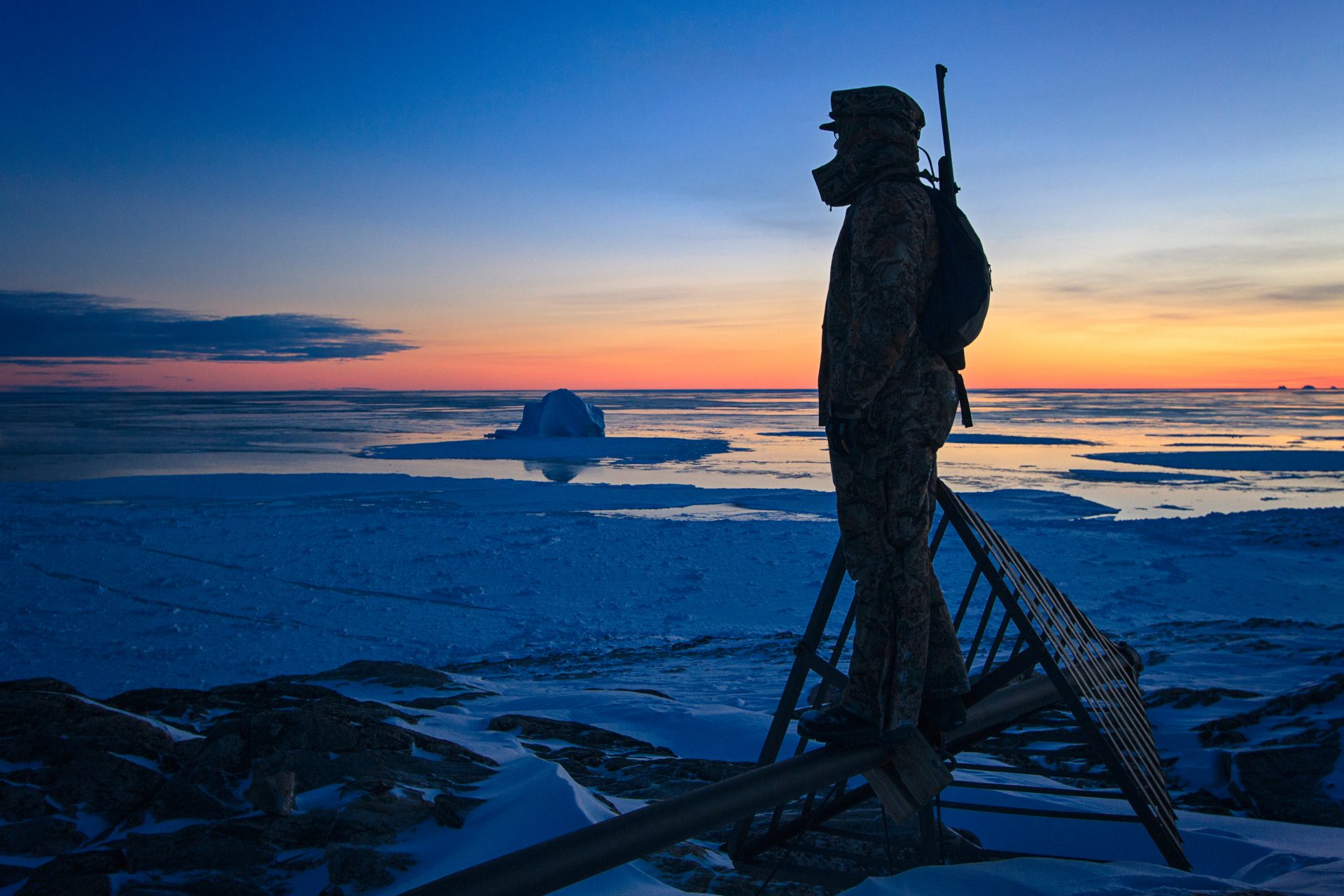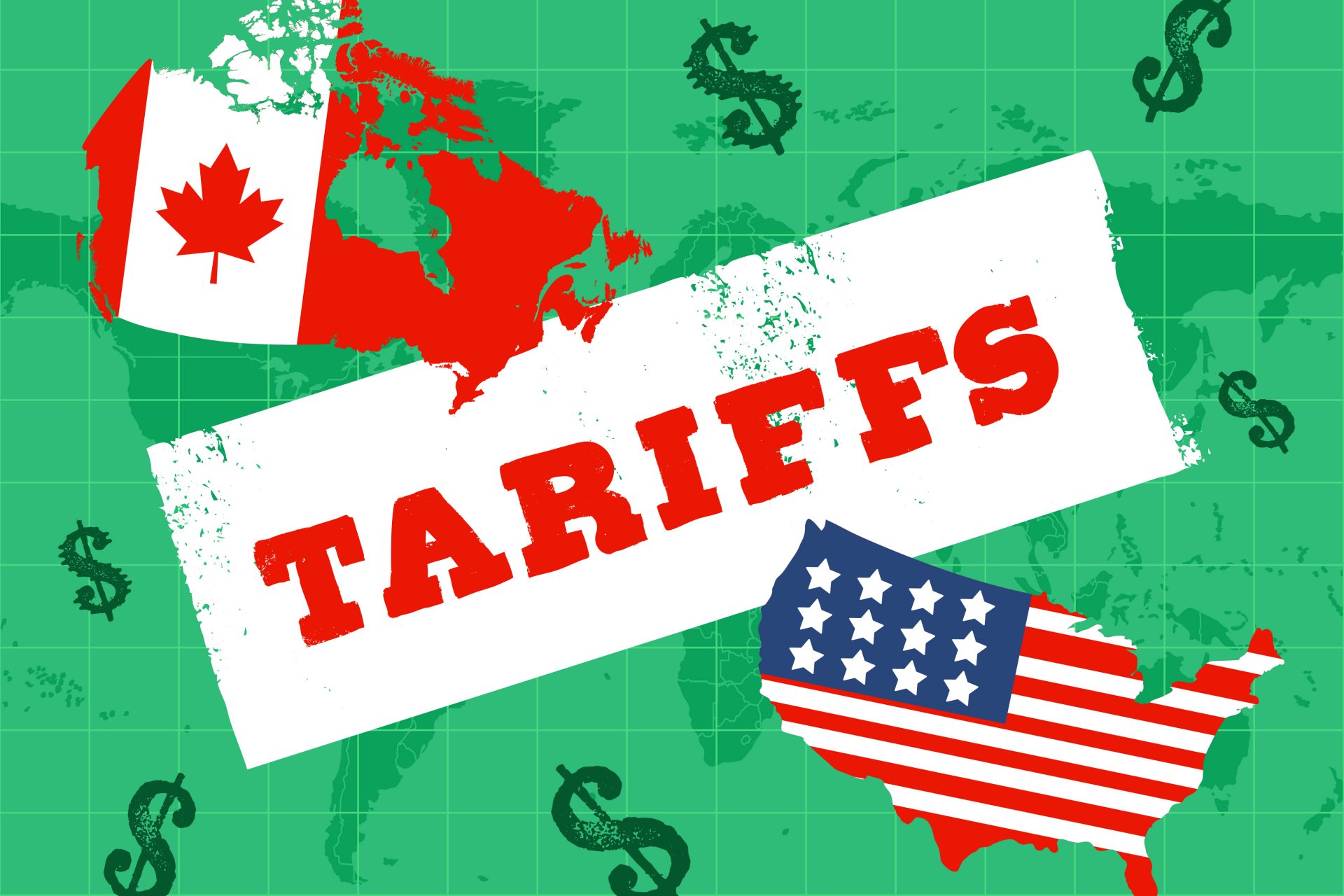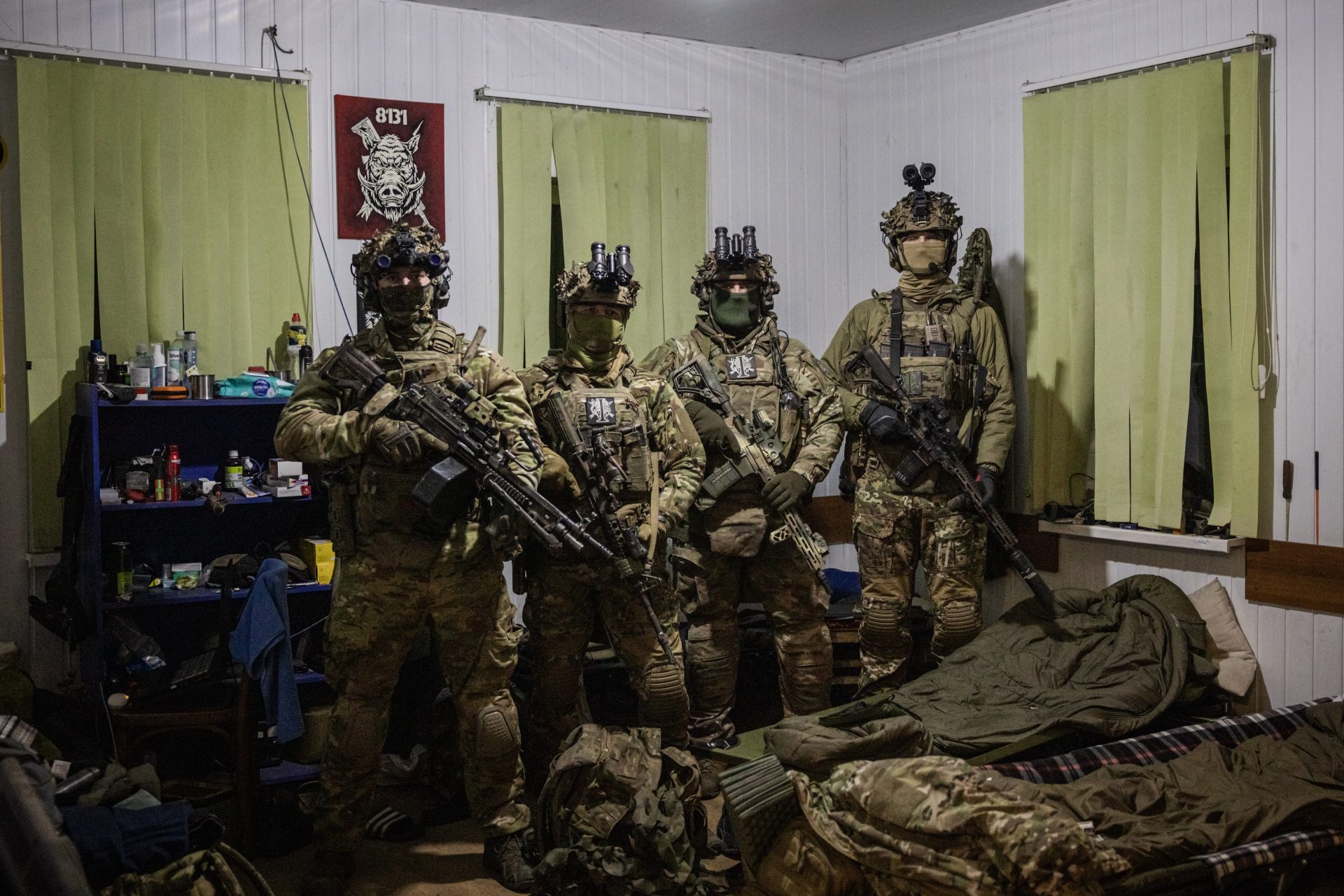Ukraine’s troops are getting older and that’s not good
Ukraine is facing a number of pressing issues as it prepares to protect itself from Russia in 2024. However, there are few problems that are as pressing as the growing average age of the country’s enlisted soldiers fighting on the frontlines.
Not only is Ukraine suffering from a lack of soldiers, but the age of its troops has seen a major change since the beginning of the conflict. Ukrainian soldiers are much older and less capable than were when the war began in 2022.
A good example of the problem facing Ukraine's military leaders are facing can be seen in the statistics regarding how the average age of the country’s soldiers has changed since the full-scale Russian invasion of Ukraine was ordered.
In March 2022, the Financial Times reported that the average age of a Ukrainian soldier was somewhere between 30 to 35 years old while the age of the average Russian sent to fight in Ukraine was somewhere between 20 to 25.
Nearly two years into the conflict, the age of the average Ukrainian soldier manning the frontlines has jumped up rapidly. In November 2023, a Time Magazine report revealed how things have changed for Ukraine.
Ukraine hasn’t released any official casualty figures regarding how many soldiers have been killed or wounded since the conflict began, but we know that consistent casualties have gnawed at the youth of the Ukrainian Armed Forces.
“It has eroded the ranks of Ukraine’s armed forces so badly that draft offices have been forced to call up ever older personnel, raising the average age of a soldier in Ukraine to around 43 years,” explained Time’s Simon Shuster.
One Ukrainian aide close to President Volodymyr Zelensky explained that those being called up to fight were “grown men now” and not the “healthiest to begin with.” The aide went on to say: “This is Ukraine. Not Scandinavia.”
Why Ukraine is facing a problem with the age of its troops comes down to a number of problems according to the Wall Street Journal. A combination of corruption and political exemptions has protected many middle-class urbanites.
A disproportionate number of draftees are middle-aged men who come from small towns or villages that were too poor to buy their way out of the war, and this problem is having a seriously negative impact on Ukraine's ability to win.
Veteran soldiers who have been fighting Russia since Putin made his first moves on the Ukrainian east in 2014 told the Wall Street Journal that the new recruits they were being sent were often past their physical primes.
“The quality of the replacements is not good,” explained one infantry soldier who was on the frontlines near the embattled Ukrainian city of Avdiivka. “They’re rural guys aged 43 to 50, sometimes with health problems.”
One soldier told the Wall Street Journal that the country’s leaders needed to order a full mobilization of the country, explaining that without such a tough measure, it was unlikely Ukraine would be able to win the conflict.
This is an issue that Ukraine's military likely knows all too well. During Zelensky’s end-of-year press conference on December 19th, he revealed that military leadership asked for a mobilization of roughly 500,000 new troops.
Ukraine already has roughly one million individuals under arms while Russia has about one and a half million in Ukraine according to Reuters. Adding another 500,000 people could the strategic balance, but at what cost?
Ukraine has a much smaller pool of possible recruits from which it can draw compared to Russia. Zelensky has yet to agree to the new mobilization, but if he does, will it make Ukraine's aging manpower problem even worse?
More for you
Top Stories



